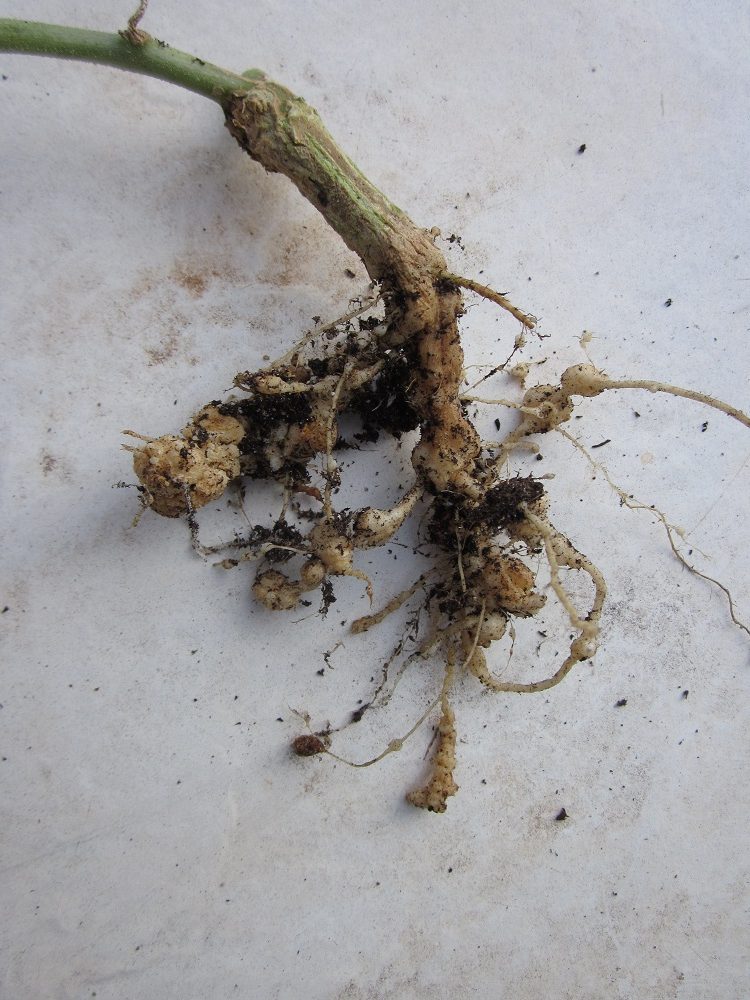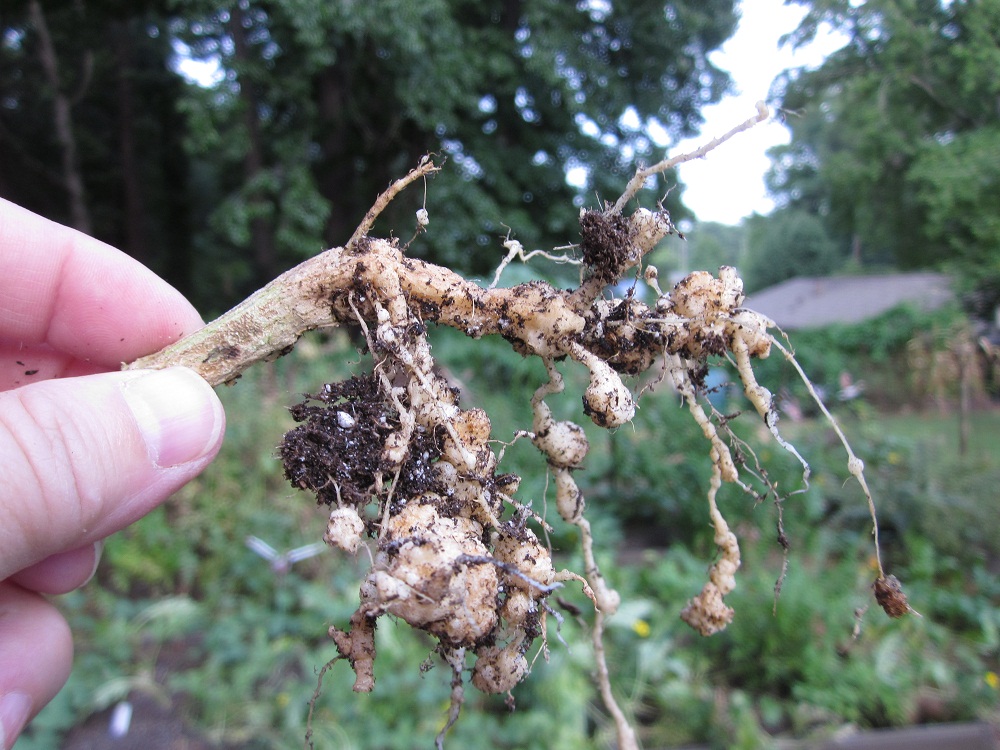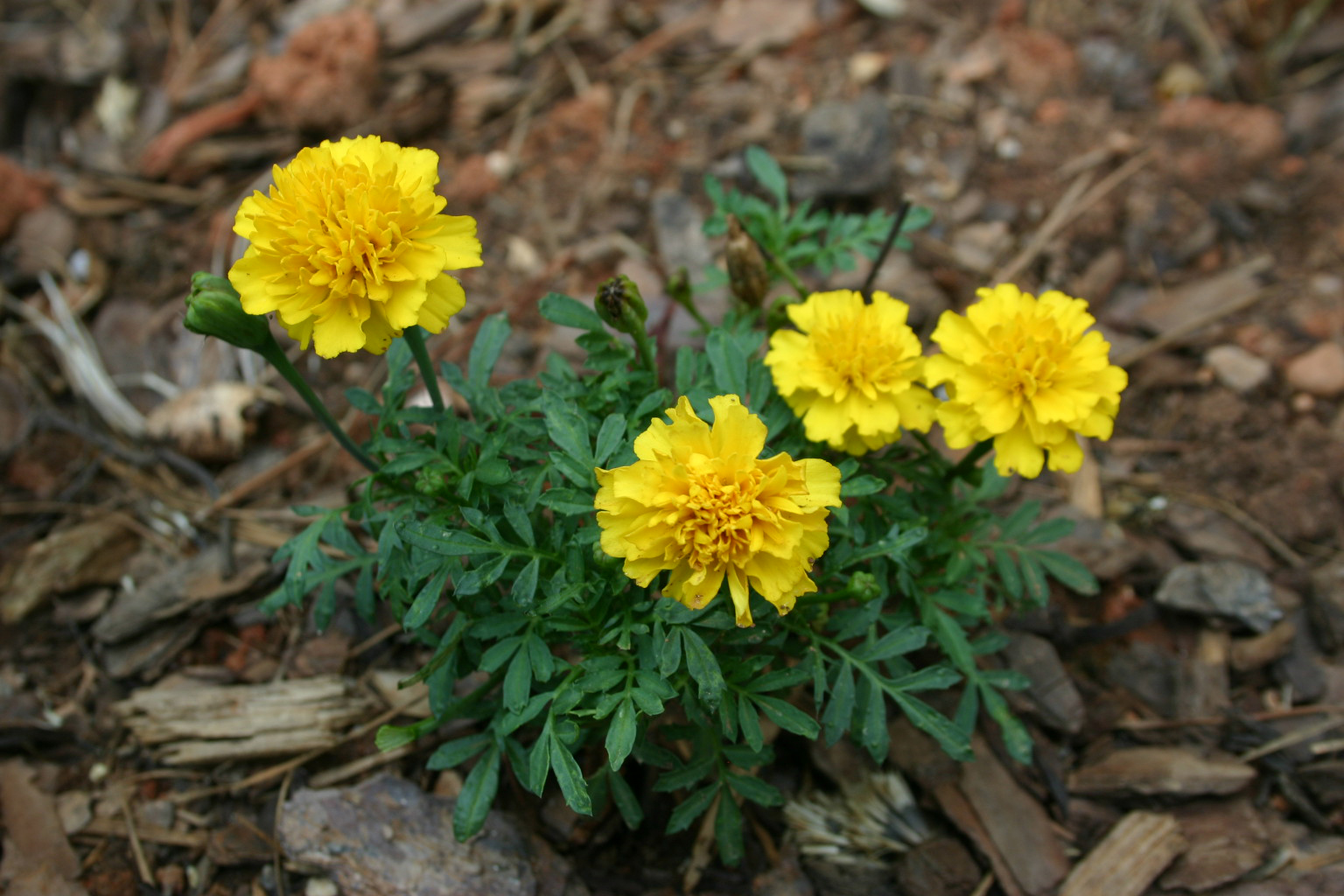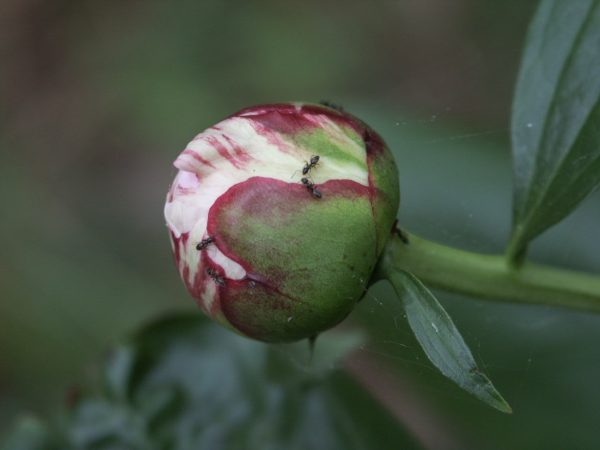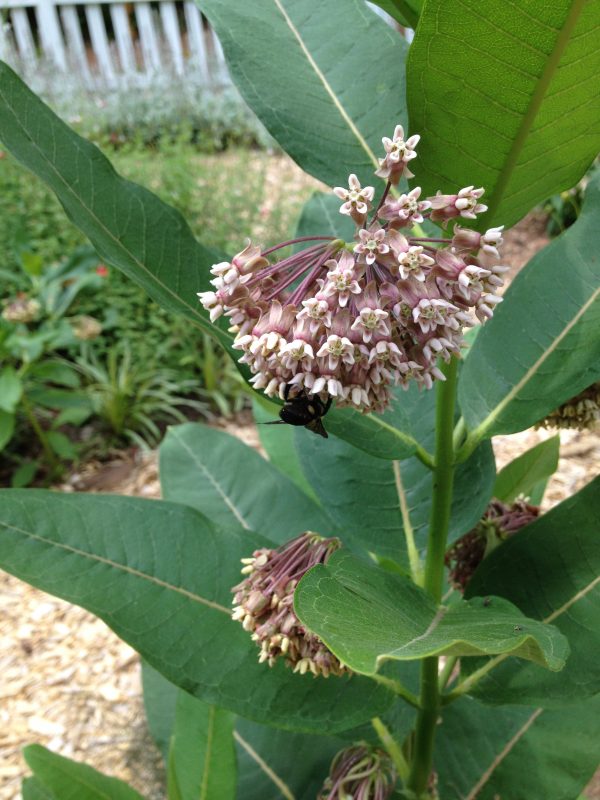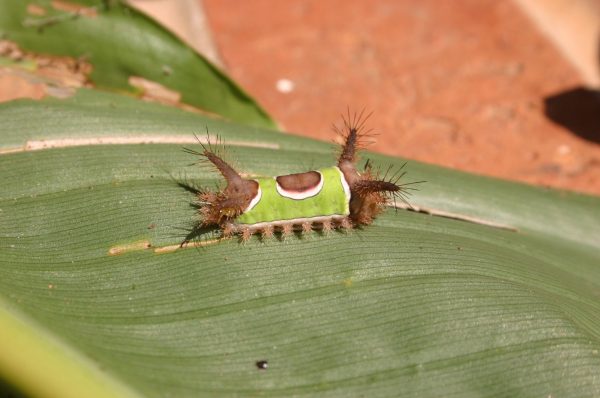Nematode – Control
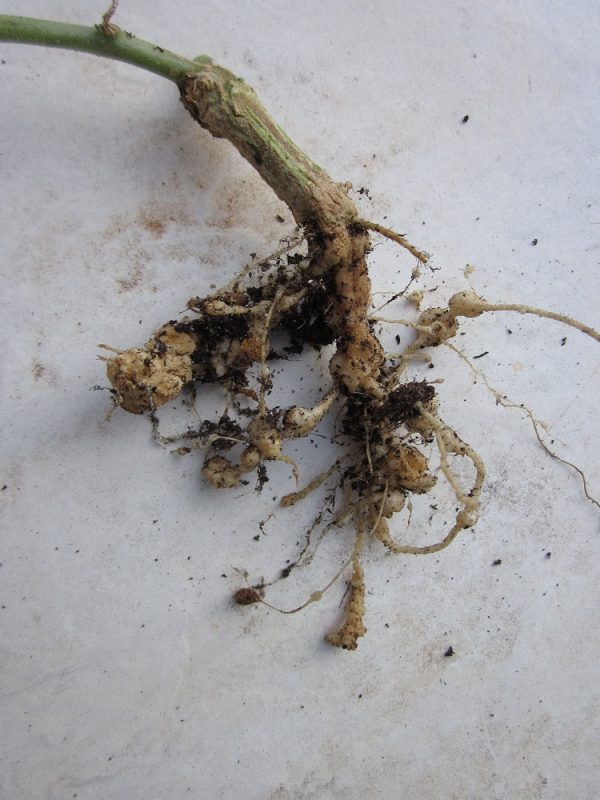
Q: I grow tomatoes in one spot in my yard because it’s the only place that gets enough sun. I had a problem with nematodes last year. What can I do to kill them before I plant this spring?
A: Nematodes are microscopic worms that live in and on living things. Some attack plant roots, but others are beneficial, attacking soil grubs. Most of the hundreds of nematode species are harmless to animals and plants. Your tomato nematodes, though, burrow into the roots and cause them to become thick and lumpy. Infected roots can’t readily absorb water and nutrients. Although your plants won’t die, you won’t get many tomatoes.
There are no poisons for nematodes. Two tricks will help you manage their population and minimize their effects. First, try to till the planting area in January, while it is cold. Many nematodes will be killed by the cold and wind. Second, when you plant in April, dig a 16-inch-wide hole for each plant and fill the hole with bagged planting soil. The topsoil will allow your tomatoes to grow for several weeks in nematode-free earth. By the time the roots have spread out into the infected soil, the tomato plants will be large enough to give you a good crop before major root damage occurs.
Marigolds are often recommended for nematode control but they are of limited effectiveness. French marigolds, Tagetes patula, (varieties: ‘Tangerine’, ‘Petite Harmony’, ‘Petite Gold’) will control nematodes provided no other root systems are present. The flowers must be planted in a solid block seven inches apart in the garden and then pulled and removed from the landscape. Nematodes are caught and encapsulated in the marigold roots.
The garden can be divided, with half planted to marigolds and half to vegetables. The plantings should be reversed the next year.
Summary of Research on Marigolds for Nematode Control
Nematodes – Alternative Controls
